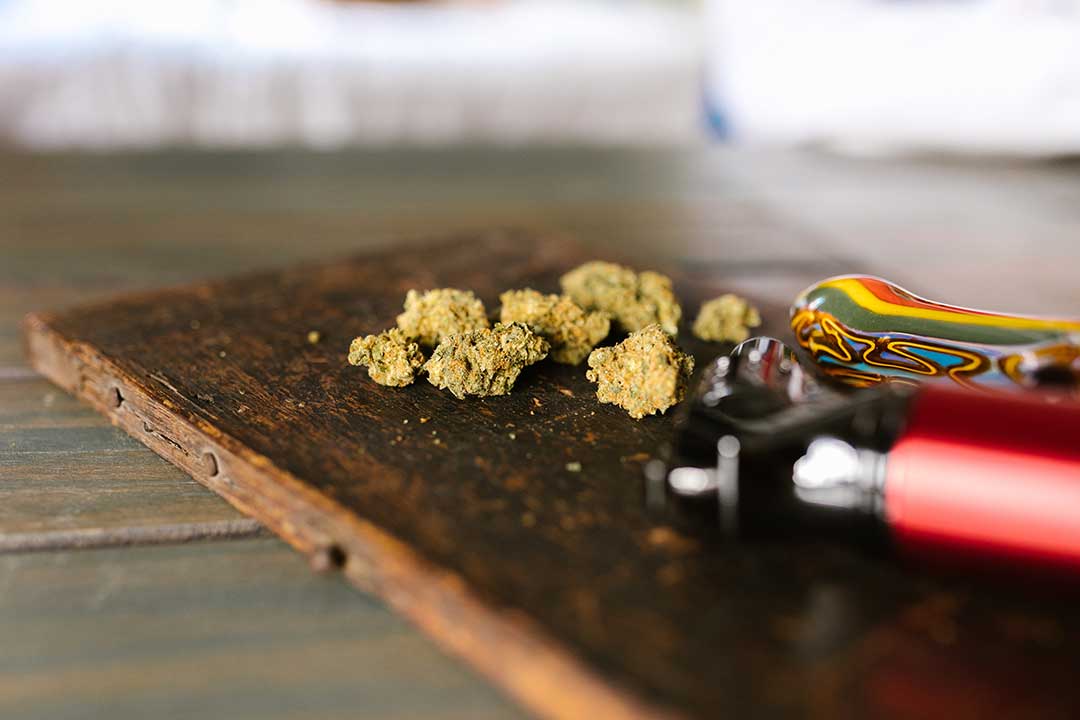How to Strain Shop – Resources to Optimise Your Marijuana Experience Leave a comment
Why are there so many marijuana names and quality ratings? Simple. Each strain has slightly different properties and is grown by different growers. That means the effects and quality vary from strain to strain. To date, it’s estimated that there are several thousands of strains on the market, with that number growing daily as growers experiment with more and more hydriding combinations.
With that said, how do you know what kind of cannabis strains and grades are best for you?
We’ve decided to help you figure that out. Here are a few tips and tricks to help you pick your marijuana.
Recall past experiences with certain strains and research new ones
The first step in cannabis selection is to remember the experiences you’ve had with past strains you might already know (for the purposes of this example let’s assume you’re an experienced smoker).
For instance: “X strain caused X effect at this time of day/night and I felt good/bad about it.” That’s good data tobe able to identify what strains are good for you and which ones aren’t.
Research and sampling is the best way to build your knowledge base on cannabis. If you have limited experience and don’t know where to start, don’t worry. The next few tips will help regardless of your level of cannabis experience.
Strain – Sativa vs Indica
Technically, all stains on the market are sativas – yes, even indicas. Cannabis Sativa is the species name, and Indica is a subspecies of the parent Sativa species, which means all strains of cannabis on the market are all the same Sativa species. Think of cannabis like humans. We’re all the same species, and the only difference is adaptations to suit different environments. Cannabis works the same way. Over each generation, adapting itself to conditions and diversifying, but it still stays cannabis.
If we follow the accepted street terms of strain names – which will be more practical for research – sativas tend to be more associated with strong head highs, while indicas tend to be more of a sedating high. It’s hard to say if this is really the case or not however. Brains are all different, and so are strains of marijuanna. Even when passing a joint, most of us can easily tell we’re all reacting differently smoking the exact same joint. Best course of action here is to see how you’re feeling and if that’s what you wanted out of smoking at that moment. The effects listed online or in dispensaries are good guidelines as to what most people can expect, but nothing applies to everyone. Consider the information, then go with your flow.
Smell
The first great indicator of your projected experience is what the weed smells and tastes like, along with your reaction to it. If you feel good about what you’re smelling (happy, tingly, excited), then you’ve found your cannabis. If you’re not feeling as excited, it’s ok to keep looking around. In our last article , we briefly touched on some of the terpenes found in weed along with most other plants in various quantities that give plants many of their smells, tastes, and medicinal properties.
Here’s what we outlined about the 5 main cannabis terpenes:
- Limonene helps with mood and is extracted into vapor at 348 degrees, smells citrusy and spicy – Check out this Lemon Diesel to see a high limonene strain
- Linalool helps with pain and sleep and is extracted into vapor at 388 degrees, smells like floral and herby spice
- Pinene help with alertness and memory and is extracted into vapor at 311 degrees, smells like pine trees and skunk odors
- Beta-Caryophyllene helps with inflammation and is extracted into vapor at 266 degrees, smells like woody spice and pepper – Check out this Mendo Breath to see a high B-Caryophyllene strain
- Myrcene helps sedate and relax and is extracted into vapor at 332 degrees, smells earthy and sweet – Check out this King’s Kush to see a high myrcene strain
Trichome Coloration
The color of the trichomes (small bulbous hairs that give cannabis its frosted color) are the next good indicator of what your experience may be. If you look at them closely, you’ll be able to notice if they’re clear, milky, or amber in coloration.
If they are clear, that means they’ll likely have a rich terpene profile with some cannabinoid content. Clear indicates younger trichomes that might not have yet reached full potency, but may still be potent and of good quality.
Milky colored trichomes are ones that have sufficiently matured to contain the full cannabinoid and terpene profile of the strains. Milky trichomes are what is most commonly found on the market.
Finally, amber colored trichomes are aged trichomes that have started to degrade and lose potency. Generally amber colorations are an indication of a loss of terpenes and low THC, high CBN (degraded THCA) content
Trim
We get it. You’re busting it up anyway, so why does trim matter? Well, it matters because of two reasons.
First, if you trim too close, you lose trichomes and compromise the flower. Shaved weed always means less potent, less aromatic weed.
Second, if you don’t trim enough, you end up with more excess plant matter and combustible material. That means it will be harder on your lungs even after fully cured.
Getting the right balance on the trim is an artisan process that machines have yet to master, so if you’re looking for quality, how the trim looks is just as important as anything else.
Cure
Curing quality is essential. If a bud is undercured, the amount of tar created while lighting the weed is much higher, and the burn isn’t clean or consistent. A visual queue for a bad cure is the color of the smoke and ash. If the smoke is a darker grey and the ash is jet black, then the bud still has too much moisture content. Moisture also means the potential for mold, so be cautious if you suspect improper curing.
It’s also possible to overcure a bud. If a bud is too dry, most of the terpenes will have evaporated off, leaving you with little more than a dry cough and a mild high.
The A-AAAA+ Scale
With all of the above now considered, the A-AAAA+ scale is a ranking system that the industry uses to rate marijuana flowers based on factors which include the ones already outlined.
A-AA are best used for making extracts and edibles since they tend to be a lower quality in all the above categories.
AAA quality is the general industry average for commercial crop, so when making a choice, aim at least for that grade or better.
AAAA+ is typical of small batch artisan grown weed that’s been carefully grown in the best conditions with the processing being more of an artform.
Strain Names
If you search on leafly, you’ll probably never run out of strains to read up on. It can be a bit overwhelming trying to find something to fit a need you might have while using names alone as your deciding factor. Whenever you pick a strain, read what the aroma and flavour profiles are, and what the THC/CBD contents are.
The way a bud smells and tastes will tell you what terpenes are likely in it and the THC/CBD ratio. Both will give you clues on what that marijuana strain could be good for. If you get anxious about smoking, then go for a low THC, high CBD strain. If you need help sleeping and with concentration, go midlevel THC content. If you’re looking for crazy nacho parties with friends, go for a high THC strain.
Remember that the names are important, but descriptions, ratings, smell, tastes and feeling are more important. Don’t shy away from a little extra work. In the end, it’s worth it.
References
– EPISODE #80 Interviewing the Godfather of Cannabis Research – Prof. Raphael Mechoulam
-How to Judge Cannabis as a Connoisseur: Casey O’Neill / Green Flower- https://www.youtube.com/watch?v=FG99WAti6IU
-The www.revealcannabis.com Top 5 Terpene Reference Chart
-The Little Black Book of Marijuana, by Steve Elliott (2017)
– Explore marijuana strains for 4/20 – leafly.ca


